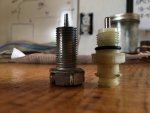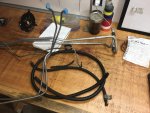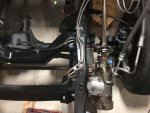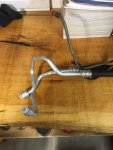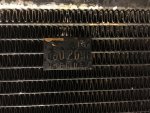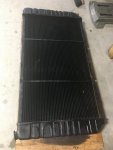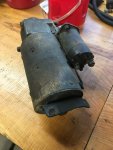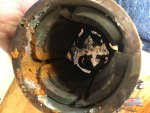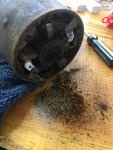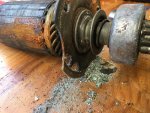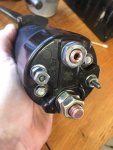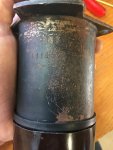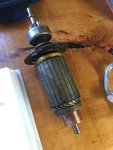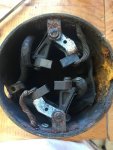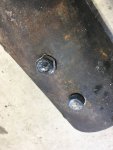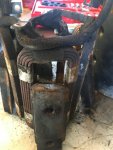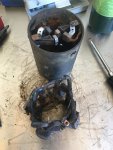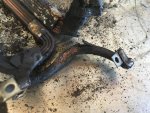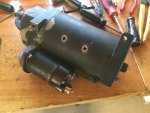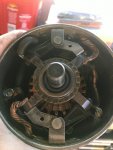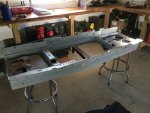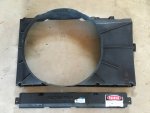I’ve been working on some plumbing lately. Got the oil and trans lines cleaned and flushed, power steering partially installed, diff breathers, ant trans vacuum line cleaned up. Also started cleaning up the radiator which had some particularly nasty stuff in it.
A few decades ago I used some citric acid from work to clean my cooling system on my ‘91 K2500. I figure “that’s what is in the stuff you get from the auto parts store…” well although that is true, it is a very weak concentration. Needless to say, the stuff I got from work was very strong. I’ll tell you what though, I’ve never seen a radiator so clean after letting it run in there for a while!
Then about an hour into the cleaning process I sprang about 3 leaks in the radiator and heater core. Ate right through it! Lesson learned: stick with the auto parts store stuff.
I did a preliminary cleaning with some Prestone radiator flush but the final cleaning will need to be done once the system is all installed and I can run the engine, the heat and flow rate are much better at cleaning and dissolving than just a soak.



